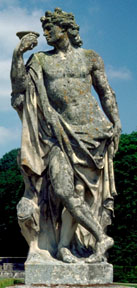Statue of Ganymede used as garden ornament in Vaux-le-Vicomte, France.
Click on image for full size
Image courtesy of Corel Corporation.
Ganymede
Ganymede was a son of Tros, first king of the classical land known as Troy.
He lived on the island of Crete, and tended sheep there on the slopes of Mount
Ida. One day Zeus caught a glimpse of the handsome young boy as he was tending
sheep on Mt. Ida, and was suddenly inflamed with a passion for him.
Zeus thereby changed his shape into that of an eagle, swooped down onto the craggy slopes of Ida, and carried the boy off to Mt. Olympus, home of the gods, to serve as the cup bearer. Now it so happens that this position was already filled by
Hebe, the daughter of Zeus and his wife Juno. Once Ganymede arrived at the royal court there began a furious competition between Hebe
and Ganymede for the honor of serving the gods.
Eventually Ganymede won the post, and stayed on also as the beloved companion to Zeus. Ganymede's father, Tros, mourned for his son because he did not know what happened. Zeus felt sorry for him, and gave the father special horses that only gods could ride upon. He also made Hermes explain the entire story, including the honor of becoming immortal.
To honor the events surrounding the elevation of Ganymede to "cup bearer and servant of the gods," he placed his shape of an eagle, a shape he assumed when abducting Ganymede to Olympus, into the heavens as the constellation Aquila (eagle), and
immortalized Ganymede as the constellation Aquarius (water bearer). One of Jupiter's moons is also named after Ganymede.
You might also be interested in:
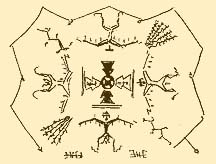
Ahsonnutli was the sky father and chief deity of the Navajo Indians. He created heaven, Earth, and the sky. Each of the four cardinal directions was supported by a giant. Each direction was also associated
...more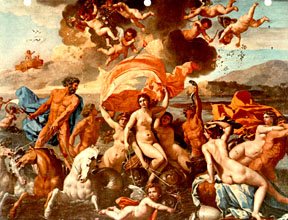
Amphitrite was one of the fifty Nereids, the attendants of the sea-god Poseidon. Poseidon (Neptune) had fallen in love with Amphitrite after seeing her dancing on the island of Naxos. Amphitrite rejected
...more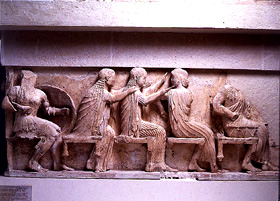
Aphrodite was the Greek goddess of love and beauty. She was known to the Romans as Venus. There were actually two different Aphrodites, one was the daughter of Uranus, the other the daughter of Zeus and
...more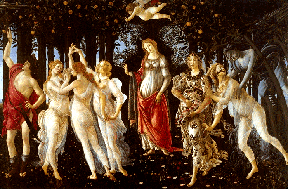
In Greek mythology, Apollo was the son of Jupiter(in Greek Zeus) and Leto (Letona). He was the god of the Sun, logic, and reason, and was also a fine musician and healer. Leto travelled all over Greece
...more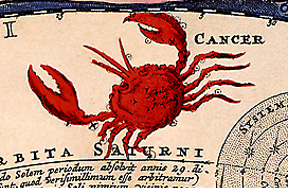
According to an ancient Greek legend, the figure of a gigantic crab was placed in the nighttime sky by the goddess Hera to form the constellation Cancer. Hera was the jealous wife of the sky god, Zeus.
...more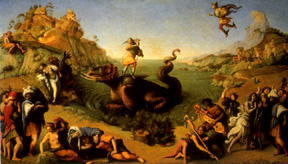
In the Northern Hemisphere sky is the constellation Cepheus, king of Ethiopia, and that of his wife Cassiopeia. Cassiopeia claimed that she and her daughter Andromeda were more beautiful than the sea nymphs,
...more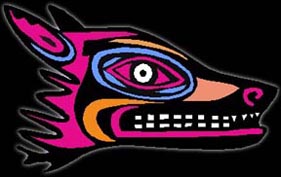
According tho the Navajo mythology, the Milky Way was created by the misbehavior of the mischievous deity, Coyote. When the world was created, the Holy People gathered around Black God to place the stars
...more


